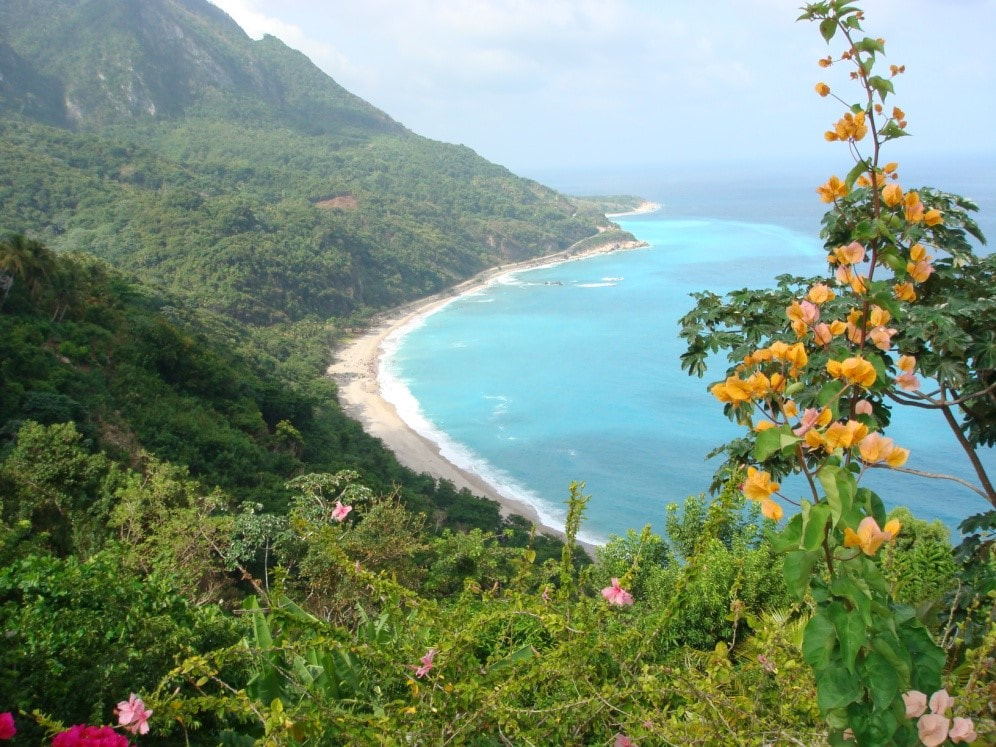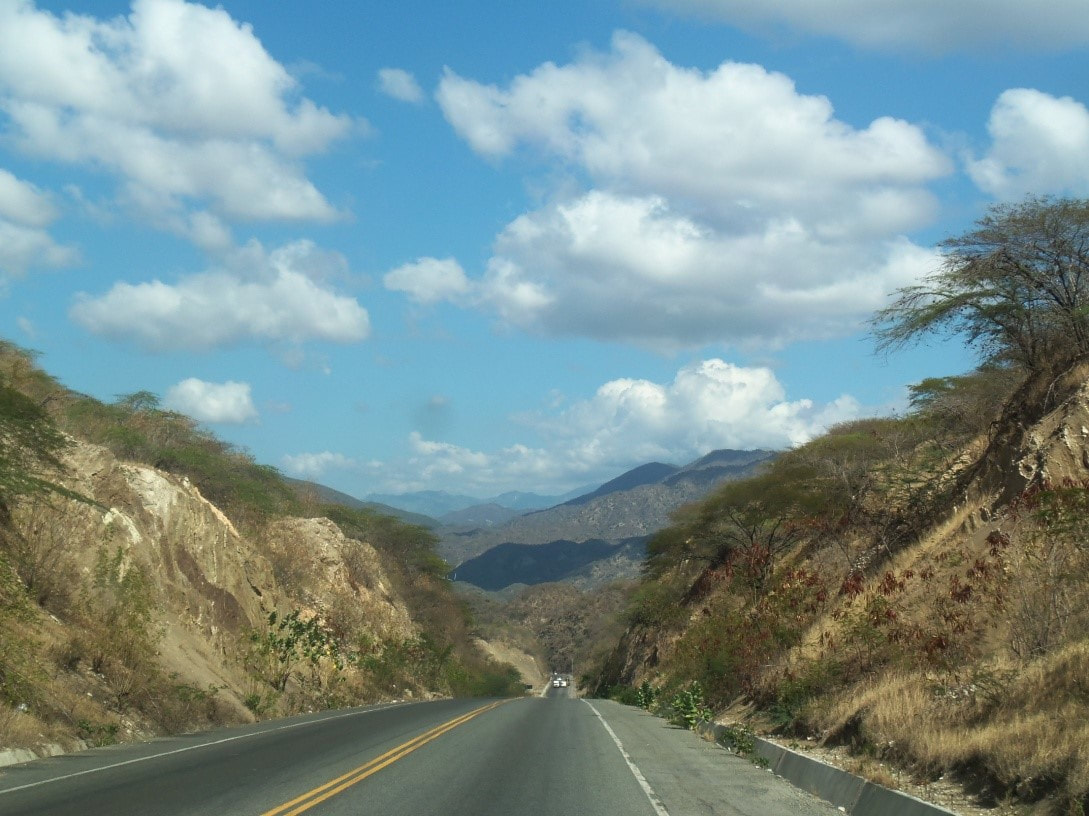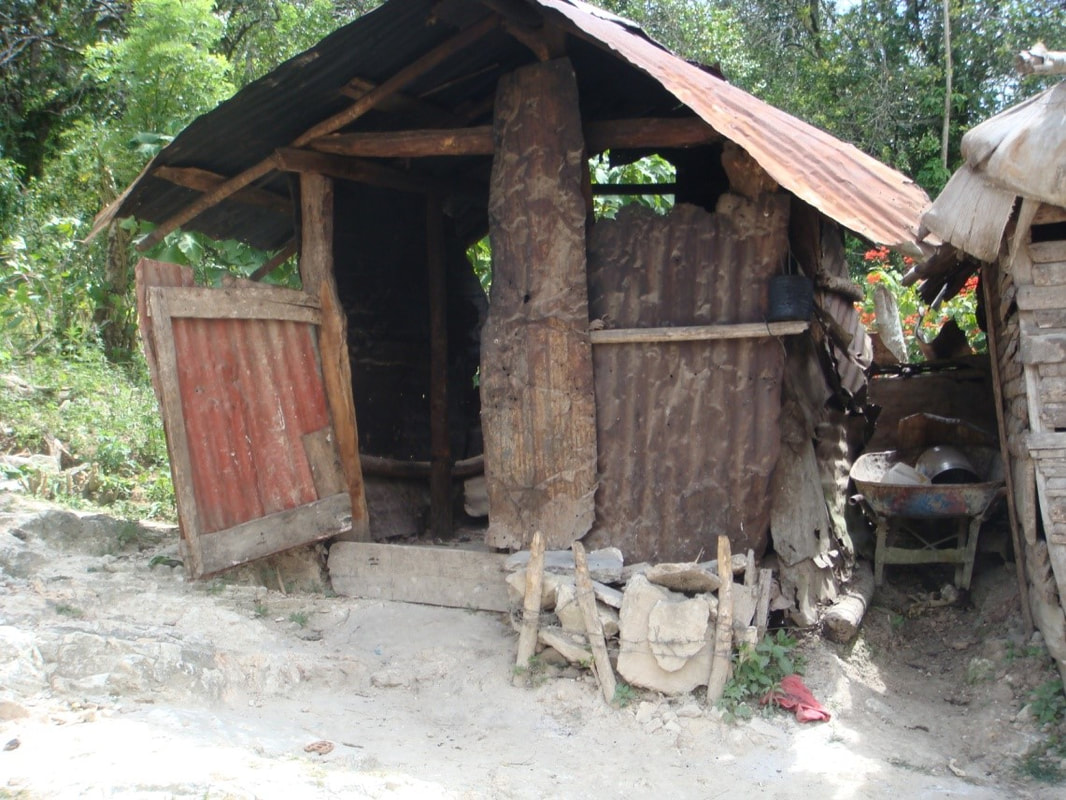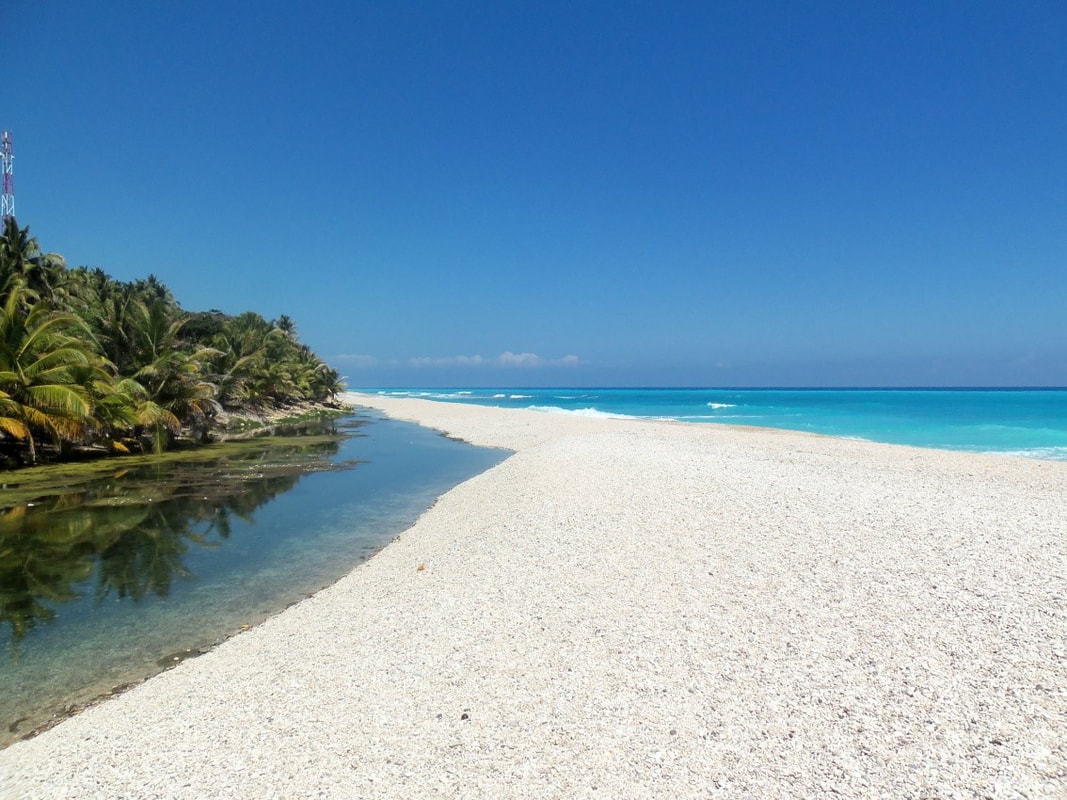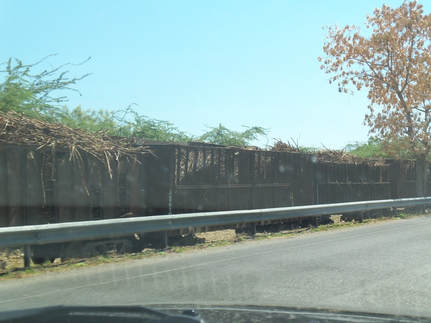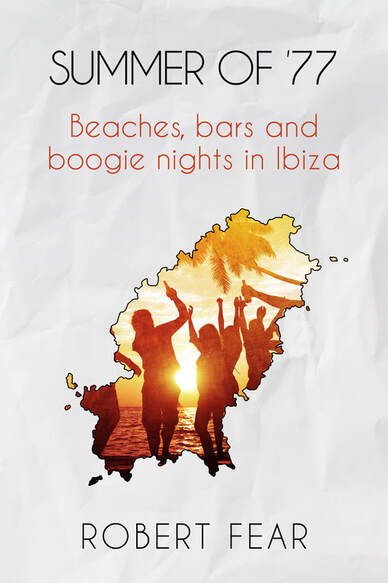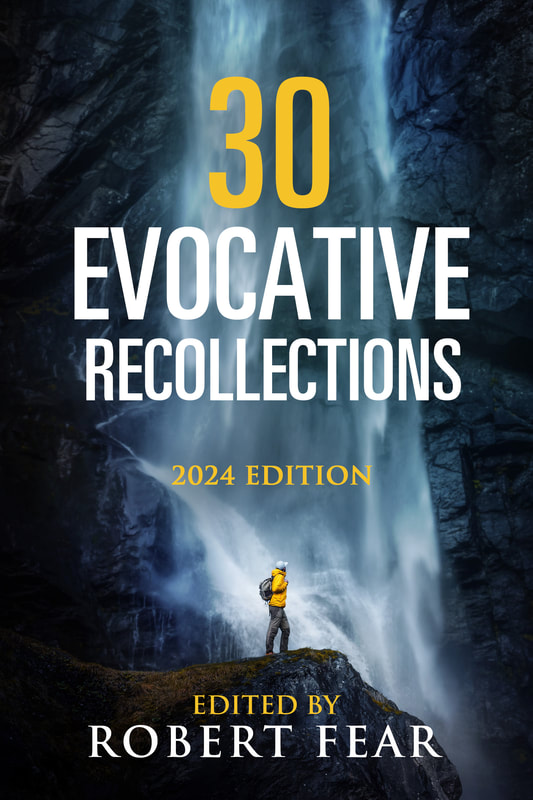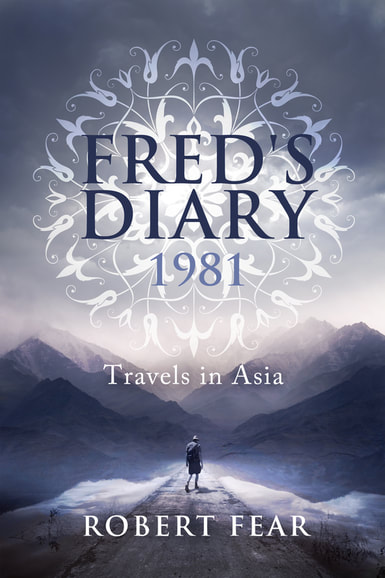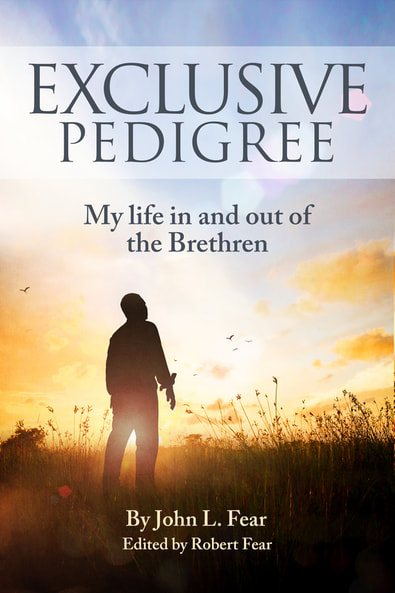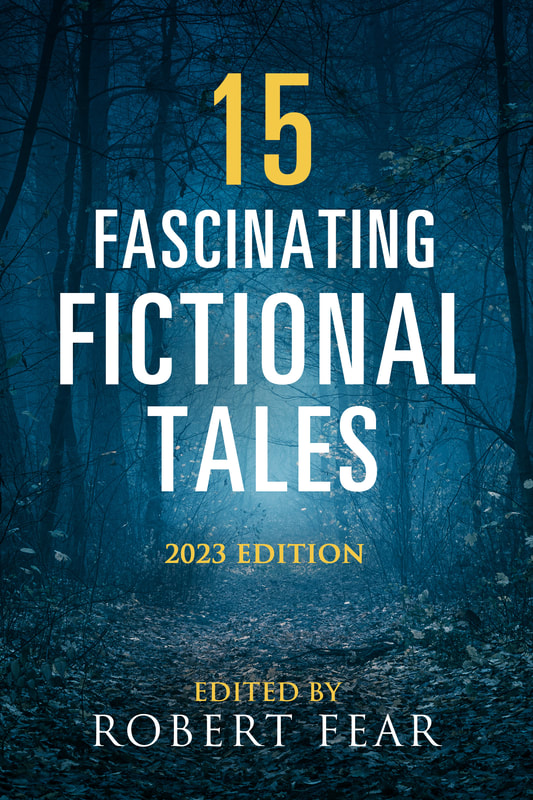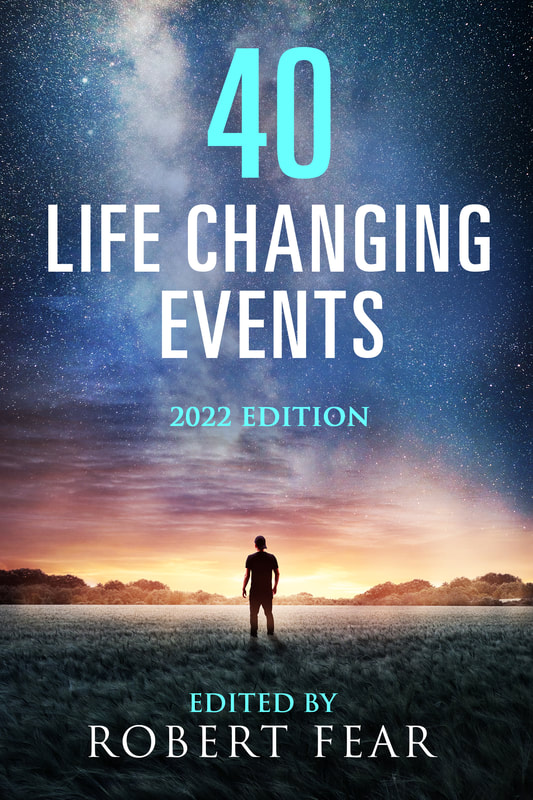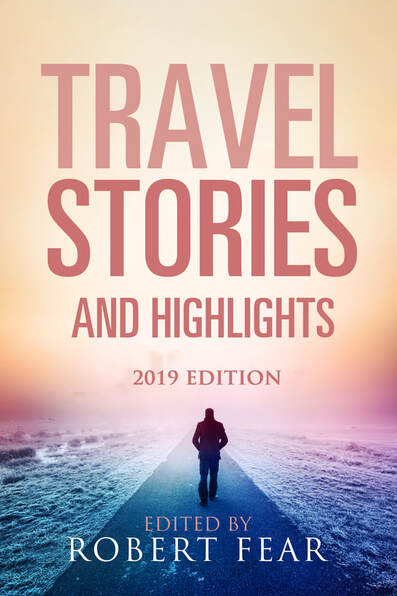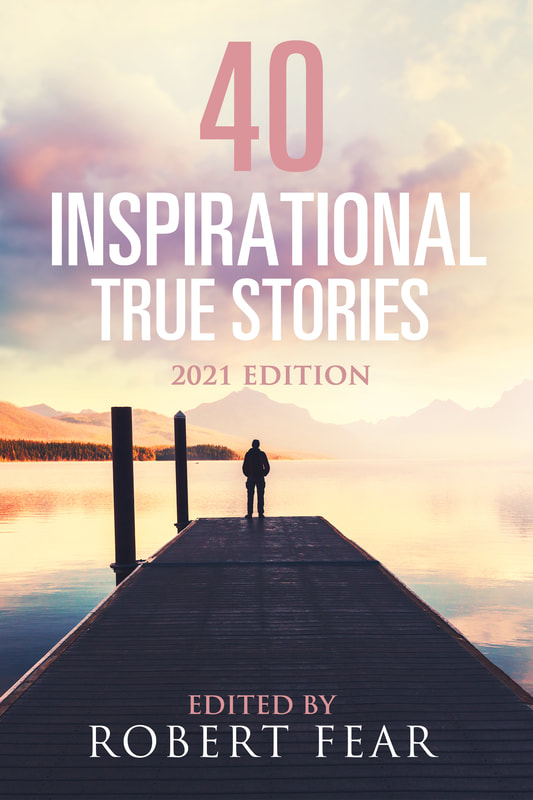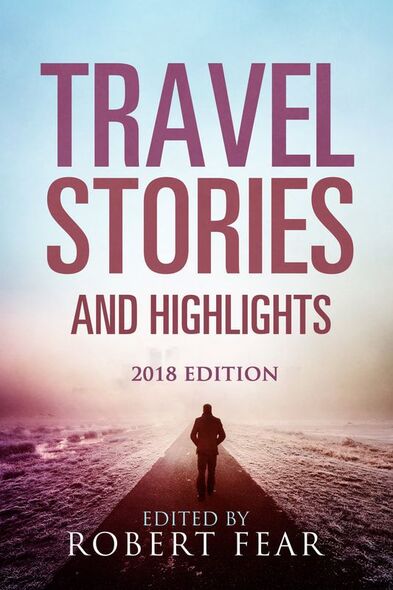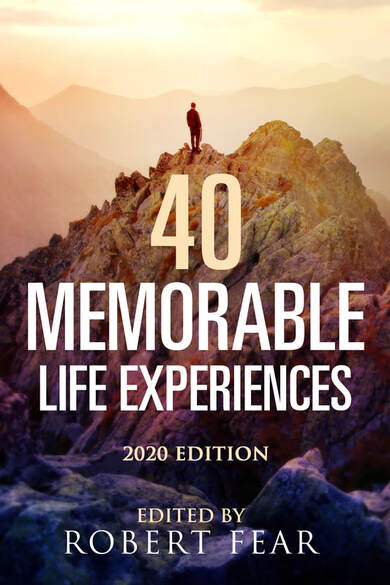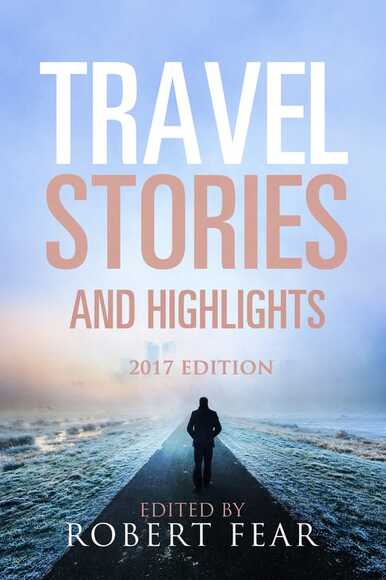What happened to the corn on the cob? by Lindsay de Feliz
When I had been living in the Dominican Republic for around six months, I started going out with a Dominican man, called Danilo, who eventually became my husband. He decided he wanted to show me where he had been raised, 3,000 feet up in the mountains above the city of Barahona.
Barahona, the name of the province and its capital city, is in the south west of the Dominican Republic, around 114 miles west of the capital, Santo Domingo. The province covers 347 square miles and Barahona city is only 93 miles from the Haitian border. The drive from Barahona along the coast to the border is said to be the most beautiful drive in the Caribbean.
What makes Barahona so special is its wild and natural landscape. There are towering mountains which literally descend into the Caribbean Sea, rivers running down from the mountains, flowing alongside the beaches and into the sea, tropical rain forests, unspoiled and deserted beaches of smooth colourful pebbles or white powdery sand. Given the lack of development, lack of tourism and the stunning natural beauty, it is home to a variety of wildlife including crocodiles, iguanas, and flamingos and is a bird lovers’ paradise.
We rented an SUV, known as a jipeta and off we set on a long drive, over four hours, all along the southern coast of the country going west, and my first time driving in the Dominican Republic as Danilo couldn’t drive. We drove through the capital where the driving is the craziest I have ever seen, especially with Danilo navigating yelling, “Turn left” when I was in the right hand lane and screaming, “Go” even though the traffic lights were on red.
We drove through the towns of San Cristobal and Bani, and eventually the landscape changed into desert, with cacti sticking up everywhere then slowly the mountains came into view, rising majestically above the blue Caribbean ocean and on the right at the foot of the mountains were sugar cane fields as far as the eye could see. As we moved closer I could see Haitian men, stripped to the waist with the sweat glistening on their muscular bodies as they chopped the cane, the same way as it had been done for centuries. The hump-backed oxen stood in the shade of the trees swatting the myriads of flies from their backs with their raggedy tails waiting patiently to haul the cane in wooden carts onto the waiting train. It was like another world.
The next day we drove along the coast road, stopping at Los Patos, where one of the shortest rivers in the world at 61 meters runs down from the mountains and flows into the ocean. We bathed in cold river water, whilst looking at the sea and feasting on fresh fish and drinking frosty Presidente beer.
We drove high up into the mountains so I could see where Danilo had been brought up, and met some old friends of his father who were making charcoal, just as his dad used to as it was the main fuel supply for cooking. Trees would be cut down and the green wood piled into a pyramid. A hole would be left in the middle, into which a very dry piece of wood would be inserted. The pyramid would be covered with soil and the dry stick in the middle lit. The pile of wood would burn slowly for up to five days until the end result was a large pile of charcoal.
One of his father’s friends was called El Viejo, which means old man and he was in his 80s. He invited us into his little house and asked if I would like some coffee. I accepted readily, expecting he would go and put the kettle on. But there was no kettle and there was no electricity. He went out into the garden and picked some coffee beans. He then lit the charcoal on the outside cooking stove called a fogon which is basically a cement table. He then roasted the fresh beans in a pan, together with some sugar, and once roasted he crushed them in a pilon, or pestle and mortar. Then he put them into a sort of muslin bag on a stick and poured boiling water through them, and added more sugar. Although it took well over an hour to make, it was the most amazing coffee I have ever tasted in my life.
I wanted to go to the toilet, and whispered to Danilo to ask where it was. He pointed in the direction of a little hut at the bottom of the garden. I walked gingerly towards it, picking my way over the rocks, avoiding the chickens and the two small pigs, and cautiously pulled open the rotting wooden door. There was an upturned crate with a hole in it and I hovered uncomfortably above it, grateful I always had a wad of toilet paper in my pocket. At the side of this tiny hut, on the ground, was a pile of corn on the cob, but no corn just the husks.
When I left the latrine I questioned Danilo about them. “Do people eat corn when they’re sitting on the toilet? Is it some Dominican tradition I haven’t heard of?” He looked at me blankly. “What you say?”
“Well, there is a pile of empty husks in the toilet,” I explained.
He still looked blank and as realisation dawned, he howled with laughter, “Those are tusas. You use to wipe bottom. Is very good toilet paper.” Apparently the corncobs are given to the chickens which eat the corn, and the empty cobs are stacked in the latrine to be used as required. I didn’t try one.
Sugar cane train
